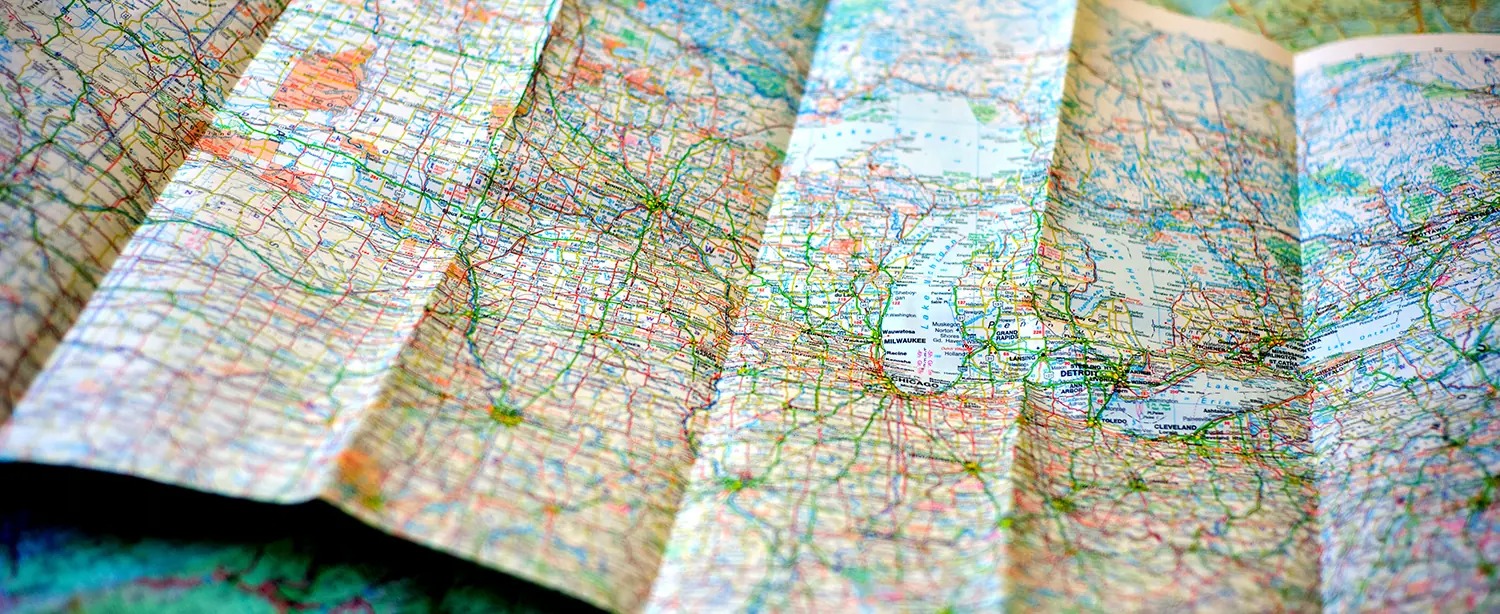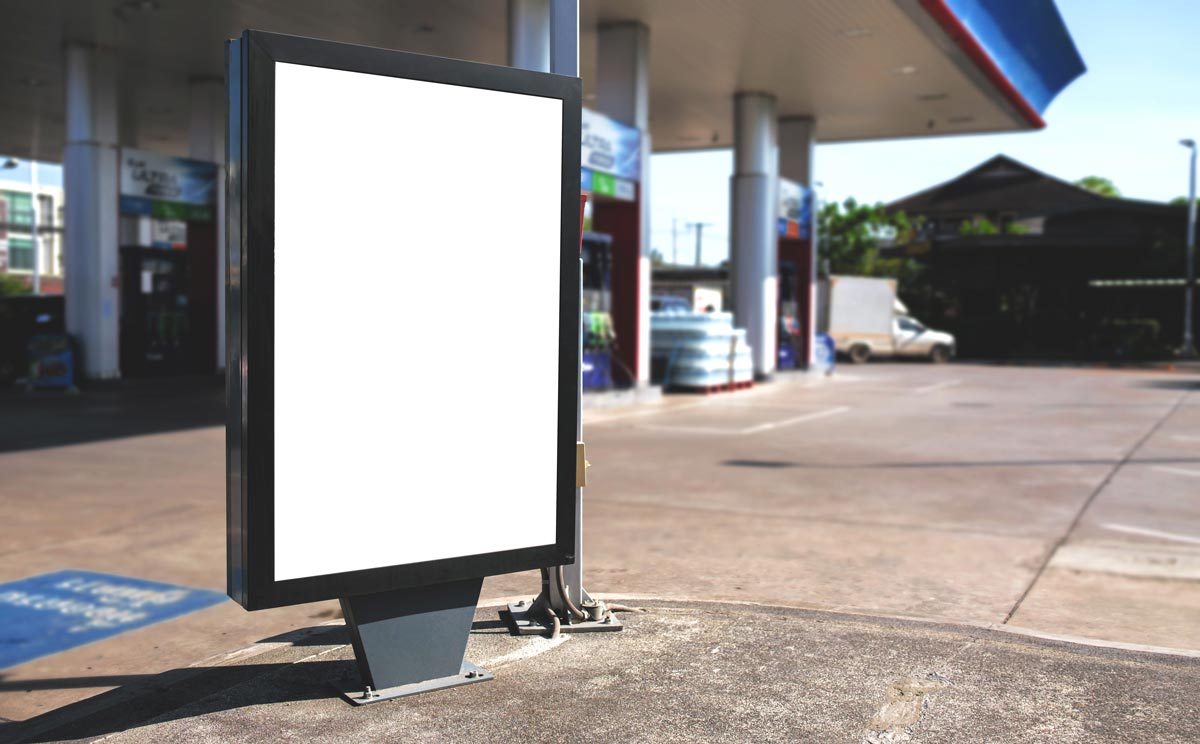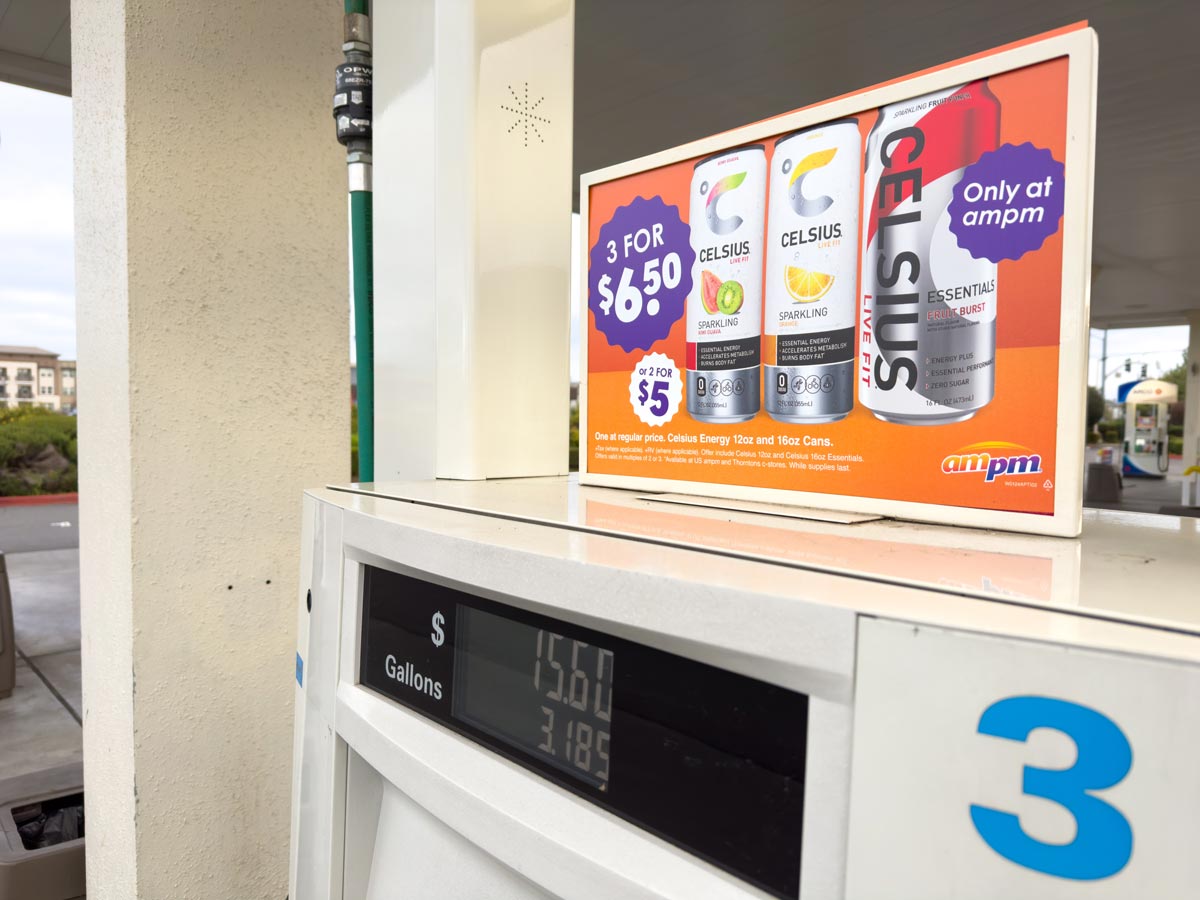Geotargeting vs Geofencing: What’s The Difference?
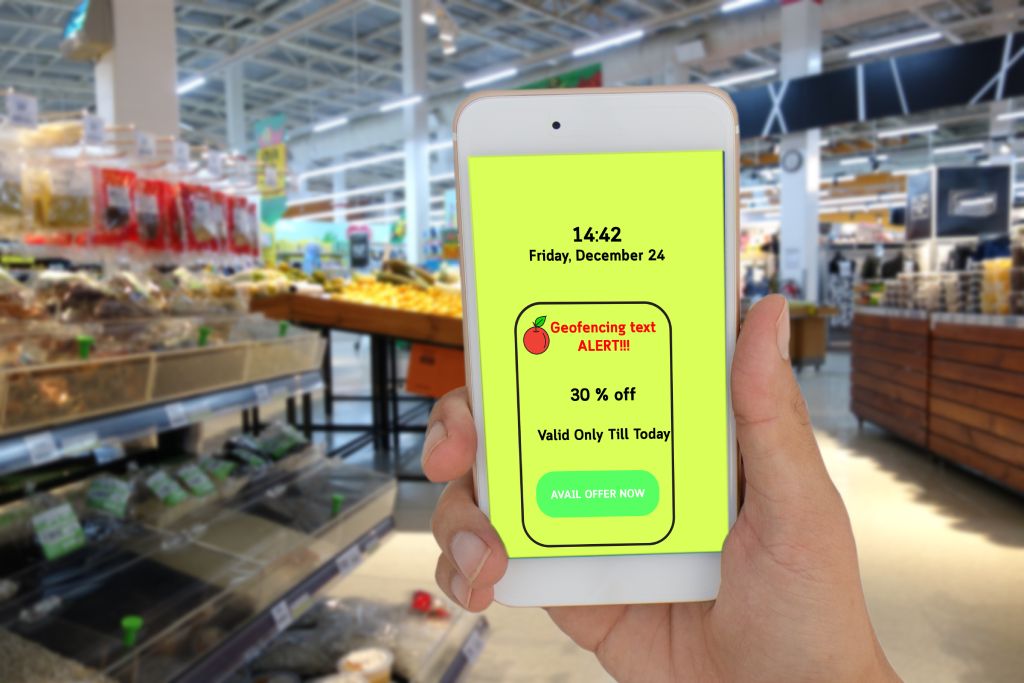 In marketing, as in much of language, synonyms can be overused to the point of words losing all meaning. And in a buzzword-heavy industry like marketing, this risks confusing two similar, but inherently unique strategies.
In marketing, as in much of language, synonyms can be overused to the point of words losing all meaning. And in a buzzword-heavy industry like marketing, this risks confusing two similar, but inherently unique strategies.
A solid example of this effect is how our industry has come to use “geotargeting” and “geofencing” interchangeably. But the two concepts, while conceptually similar, do feature a number of nuances that separate them.
In this article, we’ll help you understand the similarities and differences between geofencing and geotargeting. This will include pros and cons for geo fencing vs geo targeting. In the end, you should be able to determine which marketing strategy is most aligned with your business goals.
The Core Concept: Location-Based Advertising
Whether discussing geo fencing vs geo targeting, both concepts have to do with leveraging audience location insights. The goal here is to drive better marketing and sales results. A “see what sticks” approach might work for some businesses. But geotargeted media tends to see higher engagement with audiences than non-targeted media.
All of this piggybacks on the plentiful data that is gleaned by social media companies, search companies, and more. Each stores reams of data about individual user location patterns. Much of that data can be used to help drive a more focused and directed marketing push toward your prospective customers.
The one key differentiator, however, is specifically what effect geo targeting vs geofencing has on your audience base. As Indeed puts it, “geofencing results in a larger target audience, while geotargeting results in a smaller target audience.” Essentially, it is the difference between customizing your marketing content per a user’s habits versus their persona.
But what does that mean for your business? Essentially, it means tying your customers’ experience with your brand to dedicated, specific locations in our world. Many customers do their brand engagement online as they conduct their day-to-day activities and errands. By tying your marketing promotions to frequented locations, you can potentially increase the likelihood of a sale for your audience.![]()
Geotargeting Pros and Cons
At its core, geotargeting is all about brand awareness. The more times your brand is presented to your target audience, the more likely they are to engage with it.
As such, persona insights are a heavy factor in this strategy, when you compare geotargeting vs geofencing. The more detail you can gather from tech companies about a user’s interests, home and work locations, behaviors, and more, the more personalized your ads to them can be. And the more personalized, the better for your potential ROI.
As an example, imagine a network of franchised consumer goods stores that operate in just a collection of U.S. states. While the company could turn on a general advertising campaign that targets audiences nationwide, this wouldn’t yield strong results. A geotargeted campaign would focus on serving content just to the states in which the business operates. With this level of focus, the business can be confident that their ads are being served to relevant audiences.
However, it’s not all plusses in geotargeting’s column. As a rule, user data isn’t stored in geotargeting campaigns, so your audience insights will be flash in a pan. It’s also entirely reliant on user data like IP addresses. This means audiences who have enabled privacy or anti tracking features in their mobile devices are unlikely to see your content.
Geofencing Pros and Cons
As an inverse, geofencing (vs geo targeting) is all about building an inclusive marketing strategy. A geofencing campaign is built on the notion that conceivably anyone could be a potential customer. With strict geographic radius settings, any user who crosses that threshold is worthy of your digital marketing content.
One of the best reasons why this methodology works is entirely reliant on the content that is served. Sure, if you serve a general awareness campaign, it will be seen. But imagine an example of a local restaurant running a location-based campaign.
Consider a geofencing campaign that serves a 5% off coupon between the hours of 10am and 2pm. By targeting anyone within a 10-minute walk of the restaurant, the location based marketing content is not only audience-centric. It also allows for immediate action on the audience’s part. They can’t simply opt to come back because they are signaled that the offer is fleeting.
In the downside column for geofencing, there are numerous considerations:
- They require more manual effort to set up, as geographic location details aren’t as broad as city or state.
- They are not only served to qualified leads, meaning your ad spend might be higher than expected.
- More marketing content is needed for these campaigns, since they tend to be time-and-place specific.
- They collect and store user location data. This could potentially put some businesses at legal risk in case of a data breach.
The good news is lots of businesses and agencies use geofencing tactics. All in all, it is by no means a fringe concept.
Find a Geofencing and Geotargeting Partner
Regardless of whether geofencing vs geotargeting is the right strategy for you, your marketing campaign rollout is key. It’s imperative to find a partner who can deliver your geofencing and geo targeting content effectively. AllOver Media has partnered with countless clients to drive location-based OOH results. Looking for some help with geofence advertising? See how AllOver Media can help!
Location, Location, Location
AllOver Media employs comprehensive geofencing to ensure that we are connecting with potential consumers at the right time and in the right place. We strive to think creatively about where a message will mean most to people and enhance their experience instead of detracting from it. Wherever you are hoping to engage with consumers, we provide targeted options to help your advertisement hit home. 
Align with Activity
Are your potential consumers busy commuters who will engage with innovative advertising inside a convenience store? With multiple targeting capabilities, like zip code, radius, and drive time, geofencing is easy to catch up to your consumer. When you understand the audience, you’ll have the insight to ensure your message hits home with location specific advertising. 
Enhance the Experience
We devise methods to reach those who would most identify and engage with your messaging as they go about their day. We work tirelessly to develop creative solutions to get your message out there, but also to provide useful information that plays to your audience’s passions, lifestyle, or sense of humor.
Should You Use Geofencing Advertising?

Thanks to smartphones, we now have information at our fingertips at all times. But this can also make things a little more complicated when it comes to local advertising.
With so much media going digital these days, how does a business best advertise to their target audience? How do you catch a consumer’s attention when pop-up ads and email blasts can so easily be ignored, silenced, or deleted? The answer is geofencing advertising.
But what is geofencing? Broadly, it is , the digital marketing technique that’s making it easier than ever to reach your target audience. It is a key tool in your toolbelt to innovate and ultimately beat out the competition.
Read on to learn more about geofencing marketing. In our guide, you’ll see how you can implement this novel marketing concept in your campaign strategy.
What is Geofencing?
Geofencing is intuitive technology. It uses GPS, RFID, or IP technology to set up a virtual boundary around a geographical location.
What is Geofencing Marketing?
Geofencing marketing (also known as geofencing advertising), is an emergent tool in the marketing and advertising space. It is a means of using geofencing to drive consumer engagement. More specifically, it is designed to offer consumer insights through data-driven points of engagement.
How Does Geofencing Marketing Work?
A geofence marketing campaign is all about geographic parameters. Specifically, a campaign planner can set up a geofence as a sort of imaginary boundary or virtual fence. This can be around a physical location or an entire metro. Think: dropping a pin on a map and saying, “Everything three miles out from this spot is inside the fence” and you get the gist.
However, geofence marketing can also incorporate multiple specific geographic areas. For a retail chain, this could be different brick-and-mortar locations. Or for a consumer brand, it might be spots along a public transit route that align with the company’s core demographic.
Whatever the case, geofencing is a marketing tool to target people in a specific area through data collection.
Geofencing advertising involves using a mobile app or software that triggers a pre-programmed action. When a mobile device or RFID tag enters or exits the location, the action carries out. This could be anything, including:
- A text message being sent,
- A targeted mobile ad being displayed on social media,
- Security monitoring being activated, or
- Triggering the tracking of data.
There are countless triggers. But more importantly, the field is growing and evolving. So, it allows for a great deal of creativity and ingenuity. Think of how you might want to engage with an audience and geofencing ads can likely handle it.
What is Geofencing Used For?
One of the great things about geofencing marketing is it is highly amenable. Traditionally, it was thought of solely as a means of event participation. But in reality, it can be used in everything from time-sensitive promotion to augmented reality experiences.
For example, you might use geofencing ad opportunities to trigger once a customer enters your store. In this example, you could send a promotional offer to them upon triggering the geofence. You could also help the user engage in personalized experiences that drive their willingness to purchase even higher.
Businesses ranging from retail to hospitality have all started using geofencing ads to engage with consumers.
When it comes to geofence ads in retail, a geofence marketing campaign can target mobile users specifically. It can populate alerts, promotions, or coupon offers, based on the campaign designer’s preferences. These popups could be, based on their proximity to a specific location or event. Some retailers even use it against competitors, urging customers to consider their business instead.
Should I Use Geofencing in My OOH Marketing Campaigns?
From our team, it’s a resounding YES!
We’re seeing more and more industries beginning to rely more heavily on a “phygital strategy.” Those who want to reach target audiences and potentially increase sales are smart to consider this hybrid approach.
The name is just as it implies—ads and marketing material that exist both physically and digitally. These are ads that offer personalized, interactive experiences for consumers.
Geofencing is a particularly advantageous phygital strategy for out-of-home (OOH) marketing. That’s because it grabs a consumer’s attention in a relevant way. The ad is designed , based on the consumer’s real-time location and behavior.
The Advantages of Geofencing for Digital OOH Marketing
- Alerts & Promotions: Geofencing is a popular way for retailers to deliver in-store promotions as customers enter the store. It also helps businesses target ads to a specific audience, based on users’ location data.
- Social Media Interaction: Location-based promoted filters, stickers, and other shareable content on social media networks all use the virtual boundaries of geofencing.
- Audience Engagement: By knowing more about your audience, you can provide them with specific, compelling advertising. For example, concert, festival, or fair organizers might use geofencing to engage with the audience. They could employ crowdsourcing social media posts. Or they could deliver information about the event or venue directly to those who crave it most.
- Improved Inventory Management: When you have better insight into the movement of your product, you can better manage your inventory. For example, geofencing can track the movement of a product within the store. This way, you have a better idea of its popularity.
- An Edge Against the Competition: With mobile geofencing advertising comes a competitive advantage. Geofencing provides a more personalized and convenient shopping experience for customers. This can undoubtedly bolster a stronger relationship between them and your business, which in turn can drive sales.
Here’s the bottom line: when a consumer is presented with an ad they find relevant and useful, it’s more likely that they’ll engage with it. Effective audience engagement means improved brand awareness, a higher ROI, and ultimately a lift in sales.
Build Geofencing With AllOver Media
At the end of the day, it’s about delivering the right message at the right time to the right person. And building a geofencing ads network can be your ticket to meeting your customers in the middle.
Ads that interrupt daily life don’t work and may even harm your business’s reputation. At AllOver Media, we strive to reach people in ways that add to their daily experience. We work to build compelling campaigns that are impossible to ignore, including mobile advertising.
If you’re looking to build or improve your own marketing strategy, we’re your go-to resource. Or, if you have any general questions about geofencing technology, our expert team is here to listen and help. Shoot us a message—let’s connect.
The Strategic Role of Location-Based Marketing
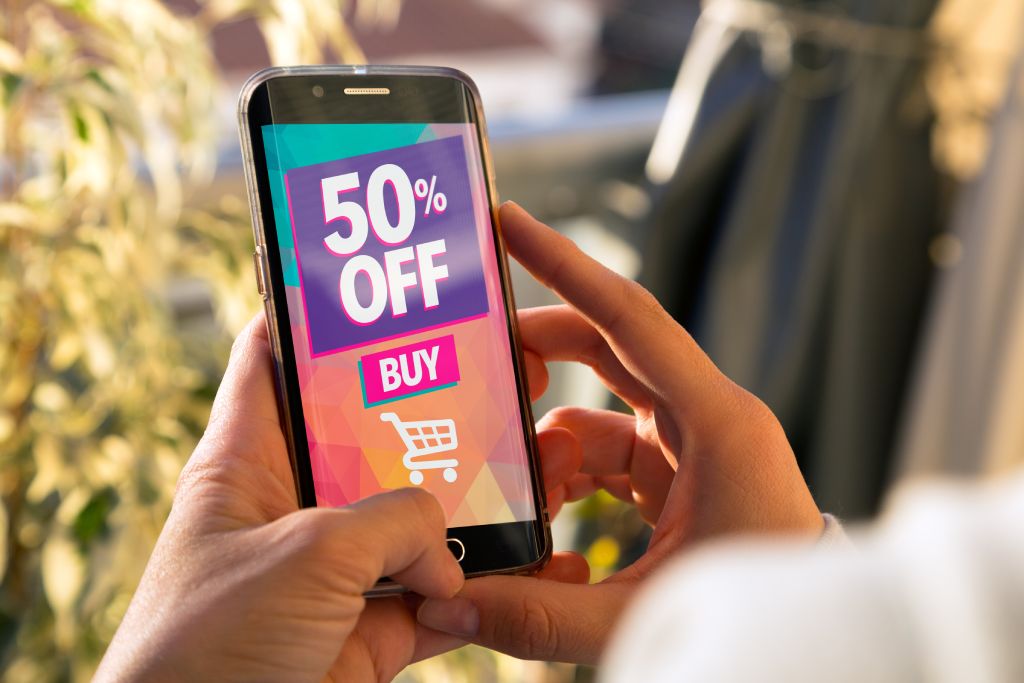 There’s an old adage: quality over quantity. Every business certainly wants more customers, an increase in sales, and more products or services shipped. But there is, more than ever, something to be said for driving a more certain outcome with your marketing efforts. As many marketers know, the more qualified a customer, the more likely a sale will occur.
There’s an old adage: quality over quantity. Every business certainly wants more customers, an increase in sales, and more products or services shipped. But there is, more than ever, something to be said for driving a more certain outcome with your marketing efforts. As many marketers know, the more qualified a customer, the more likely a sale will occur.
One of the more surefire ways of ensuring better marketing outcomes is by employing location-based advertising. This concept is interchangeably called “place-based advertising” or “geo location based advertising.” And it should be a cornerstone in your marketing stack.
As a strategy, marketers have noted, thanks to place-based advertising strategies:
- 86% increase in client base
- 84% increase in consumer engagement
But what is location based advertising? And how does location based advertising work with regard to a target audience? Moreover, are there location based marketing examples that your business can pull inspiration from?
In this article, we’ll explore the ins and outs of location based marketing. We’ll also share some place based advertising examples for inspiration in your next marketing campaign. By article’s end, you’ll have a better hold on place advertising concepts to enact in support of your business.
How Does Location-Based Advertising Work?
One of the great benefits of our modern age is the abundance of data that we have at our fingertips. Now is a truly revolutionary and unprecedented time when it comes to the power of location based marketing.
Even just a single generation ago, marketers were largely reliant on insights from anecdotal sources. Focus groups were widely relied upon. Prior results spoke volumes about expected results. And the marketer’s own gut carried the burden when devising a marketing strategy.
But today, marketers have a wealth of potentially useful insights at their disposal. And each of these insights can be integrated with a marketing campaign to serve targeted ads to target users.
They can access everything from common customer persona information to demographic data collected and offered by social media platforms. The amount of data can be staggering. But if you know where to focus your efforts, you can unlock the power of place-based advertising with relative ease.
The easiest way to think of location-based advertising is through the lens of geographic specificity. Location based ads rely almost entirely on geographic specificity as their main source of effectiveness. 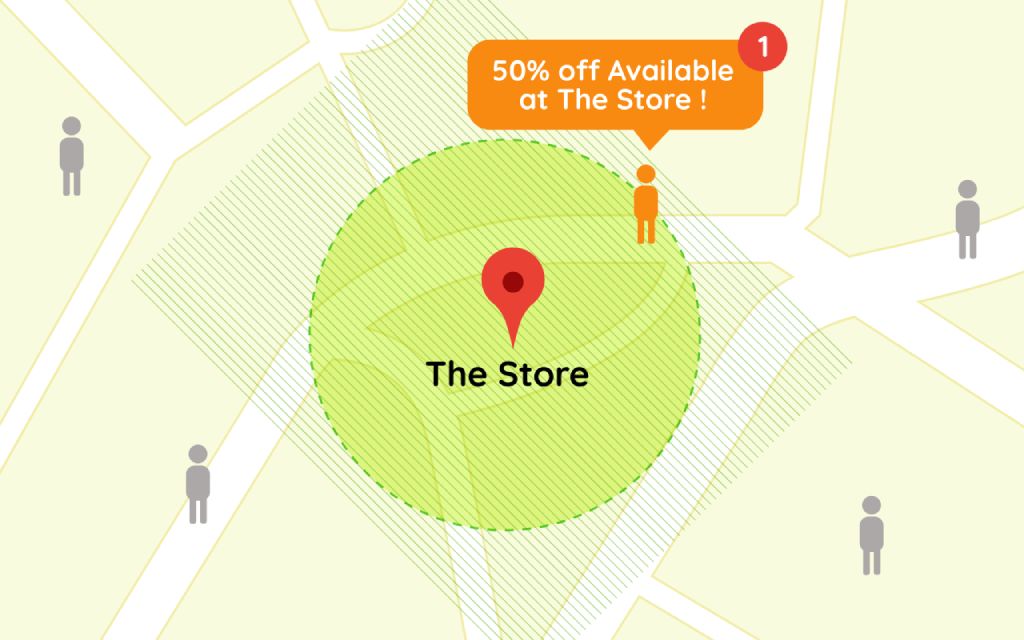
Location-Based Marketing Examples
In practice, location-based advertising can be used to serve a variety of business types. Everything from B2B to B2C is potentially on the table. And everything from service tradespeople to humble coffee shops can potentially benefit, if the right strategies are used.
For example, imagine a company wants to sell flood insurance coverage in the United States. It might be simplest for them to merely advertise to everyone in the United States. A single campaign with a single asset would be cheap and easy to put into play.
But deeper consideration is needed here. Consider how there are many people in that category for whom flood insurance is wholly irrelevant. And consider how an even smaller fraction of those folks might actually want a new insurance provider.
This is marketing funnel 101. If the ad were served to the entire country, its effectiveness would be muted. Why? Because it would be irrelevant to the majority of prospective customers who see it.
Instead, the company might use location-based insights about specific locations to their advantage.
Their location based ad campaign might turn on or off depending on home address data. It might only display on social media or website banners to adults who live near a body of water. Or they could specify that the ad only runs to customers who live within a few miles of an ocean. They could even use real-world data about prior flooding events to target messaging based only on likely customers.
The company has used location-based advertising to ensure they are marketed only to relevant parties. By favoring quality over quantity in their campaign’s breadth, sales are prioritized over general awareness.
As you can see, geo targeting is a great way to target consumers and increase engagement strategically. But you needn’t stop at major landmarks or metro areas for your targeting efforts.
Foot Traffic Considerations
Another way to consider location-based advertising strategies is to consider customer foot traffic. Our above example uses a fairly broad level of geographic specificity. Namely: a zip code, town, or portion of an entire state. But digital platforms offer enormously specific data about where potential customers are and where they move during their day.
Consider GPS data, which nearly every mobile device user offers up as they browse the web, use apps, and more. These insights are commonly captured by advertising platforms to get a sense of helpful metrics to arm the marketer. Everything from foot traffic density, population shifts, commuting patterns, and more are on the table. And all of that data is worth its weight in gold to a marketer like you.
More Location-Based Advertising Examples
As an example for the above, imagine you run a network of pet grooming franchises around a major metro. Imagine customer growth is the goal with awareness as a secondary goal. Pretty straightforward campaign elements, if we’re honest.
Like our above example about flood insurance, easier doesn’t always mean better. It would be simplest, in truth, to activate your digital advertising pipeline with breadth in mind. Target everyone within a certain radius of your city and job done, right? Wrong.
This would be location-based advertising in its most basic, and least effective form. And it’s unfortunately an attempt at location based marketing that too many marketers fall victim to.
With a little tweaking to the place-based advertising strategy, you can get really specific in who sees your ad. With GPS data, you can serve your ad to customers when they enter your store’s radius. This is commonly referred to as geofencing or proximity marketing.
By targeting your recipient, you ensure a relevant customer base. By tailoring the message to make assumptions both about who and where they are, you speak to them directly. And by serving it to them at strategically convenient times, you can grow the likelihood of a potential sale.
Each of these elements are critical to a truly results-oriented location based marketing approach. Without all three, your campaign becomes like a restaurant recipe that’s missing a key ingredient.
Part of a rock-solid location based advertising strategy is also to have a mechanism to turn it off. With a place-based advertising plan, customers no longer see an ad once they move outside of a set radius. This helps stymie budget waste and focus your marketing dollars on more likely conversions.
Partner With a Geo Location-Based Advertising Leader
Now is the best time to roll out a place-based marketing strategy. AllOver Media has helped customers devise and perfect robust and results-oriented geo location based advertising strategies. Looking for some help with Geo-Fencing? See how AllOver Media can help!
Reach Consumers at Home with Mobile Geo-Targeting
With recent news on many state’s stay-at-home orders being extended out further, local business owners are quickly seeing the incredible value of geo-targeted mobile ad campaigns.
As the majority of brick-and-mortar buildings remain closed to the public, or limited to only offering curbside pickup and delivery, the need to stay locally relevant, competitive, and connected to your customers is now more crucial than ever! Your customers, for instance, may have questions about whether they can order your products online or stop into your location for pick up. With effective mobile ad solutions available to you, such as geo-targeting, you can answer these questions and engage more shoppers with new product promotions, online specials, and exclusive discounts—right from their smart devices.

Why is Geo-Targeting so Effective?
Geo-targeting allows you to target a certain demographic in a particular location at the most opportune time, resulting in the competition of a goal conversion (e.g. online order). At AllOver Media, we help you reach potential customers with creative banner ads delivered in-app (on mobile devices) to customers throughout a particular zip code, state, city, or larger region. We can even target ads to potential customers at concerts, festivals, sporting events, and more.
This is all achieved through location data, which continues to represent a cornerstone of Out of Home (OOH) Advertising. Today, companies are using this same information to help boost brand awareness via mobile advertising and digital marketing.
In the past, mobile advertising and geo-fencing allowed you to engage customers when they were nearby or about to enter a retail space selling your products. You could also set up your ad campaigns to target customers who were nearby one of your competitors. Though this is still an effective feature, it may not be the solution you’re looking for right now with more customers staying at home these days. Nevertheless, having the right tools, resources, and experienced advertising team to help you push the right mobile ad campaigns, at the right time, to the right customer is a smarter way to reach your target audience and stay at the top of their minds!
Want more audience to pull out their wallets? Why not put your ads right in their pocket? Reach future customers fast with location-targeted mobile ads through AllOver Media!
Partner with AllOver Media
If you’re looking for creative OOH advertising solutions to gain more brand awareness, complete more points of purchases, and improve your company revenue, AllOver Media is here to help!
Get started today by reaching out to our team for a professional consultation. We’ll work with you to understand your needs, provide you with creative marketing solutions, and design for you a mobile geo-targeting strategy that helps you stay relevant and engages more users, so both existing and new customers continue to choose your brand over the competition!


